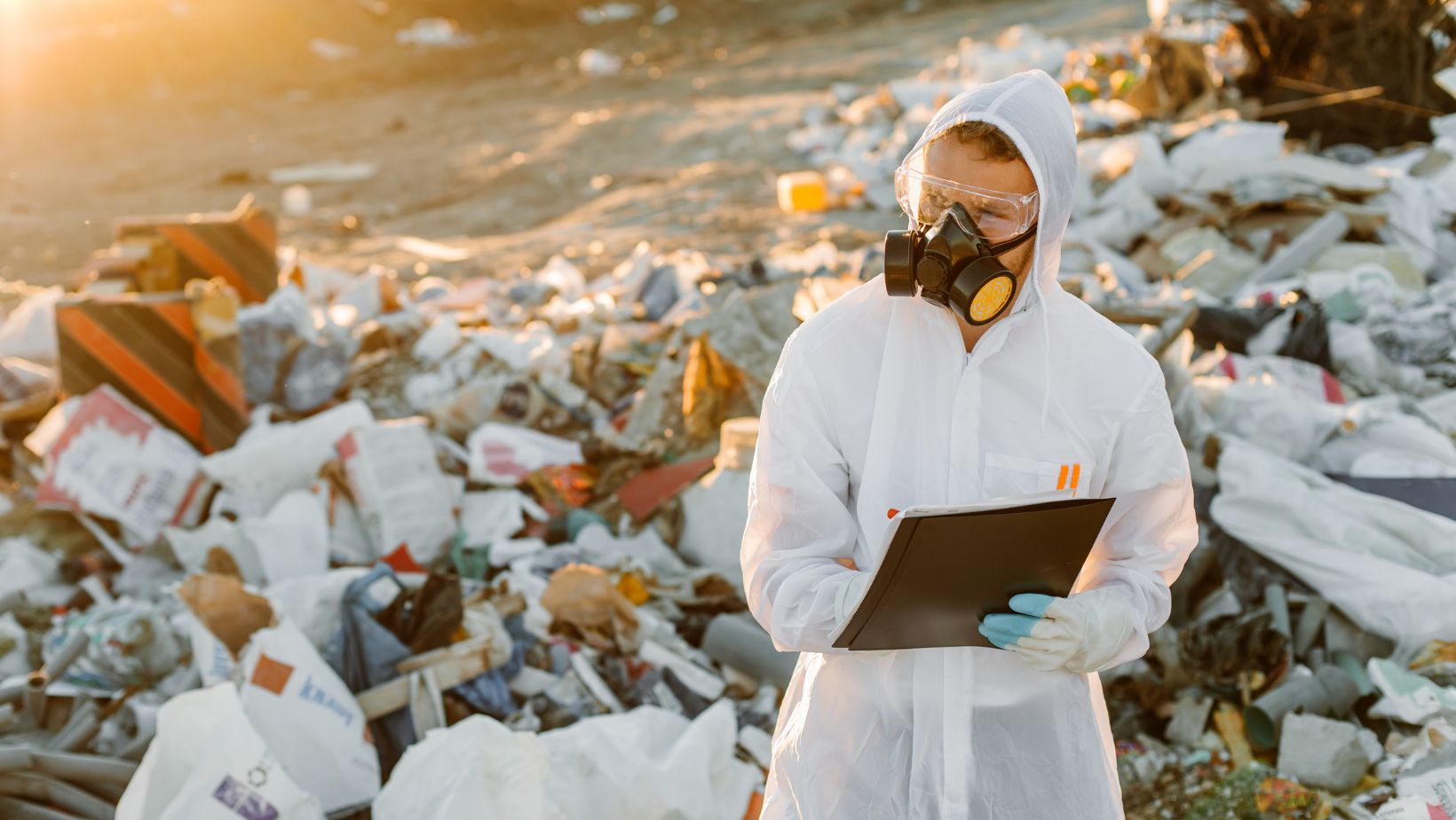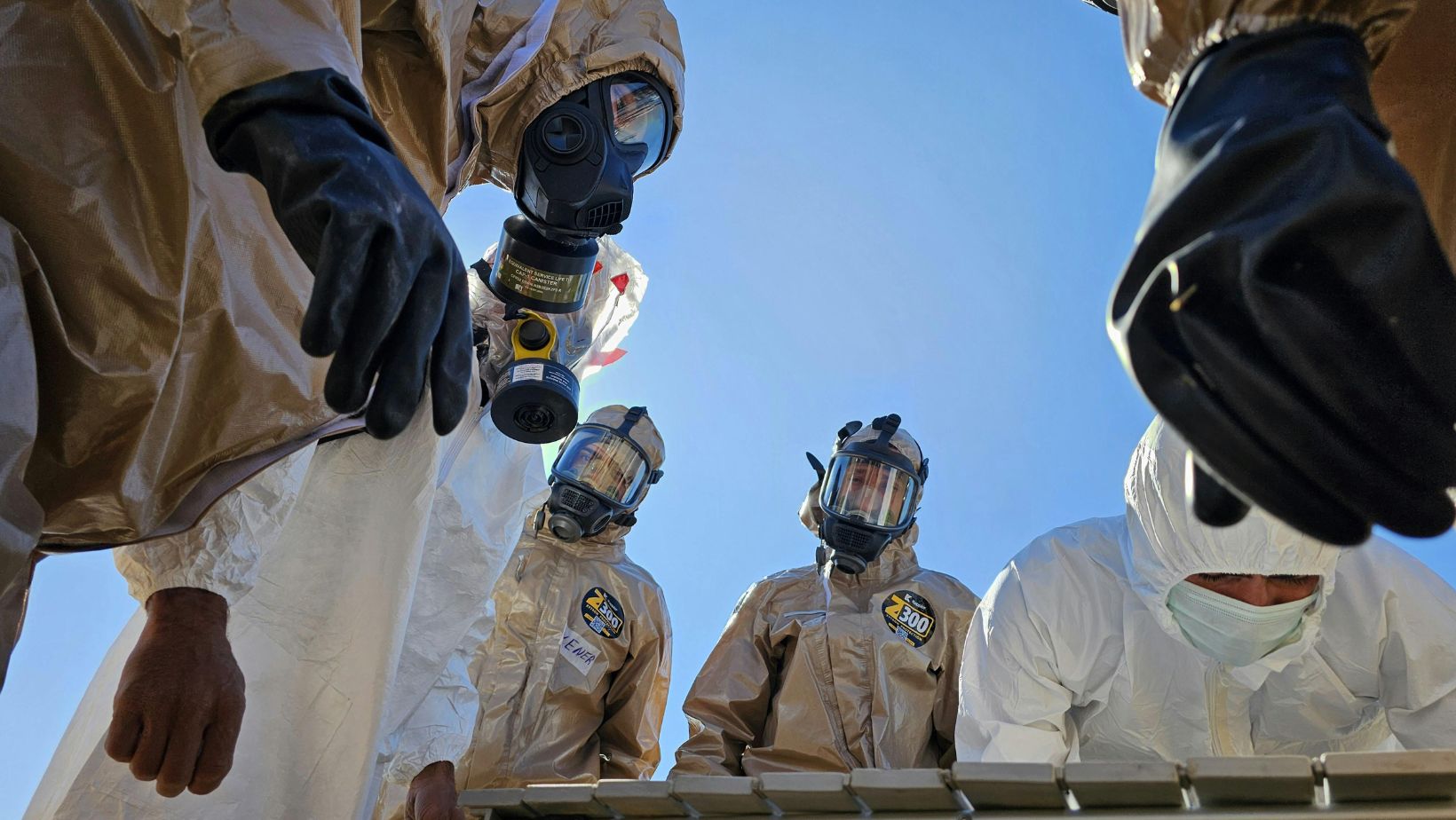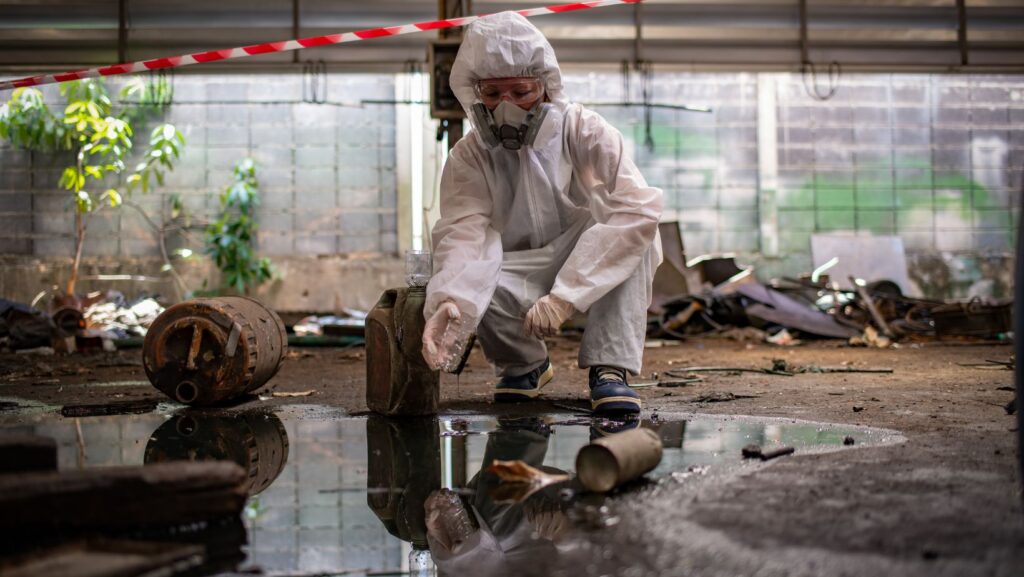Cleaning up hazardous and biohazardous waste is a critical task that protects public health and the environment. In the Seattle area, strict regulations and professional standards guide how everything from chemical spills to trauma scenes are handled. This article provides an overview of what counts as hazardous or biohazardous waste, explores the specialized cleanup of death scenes and hoarding situations, discusses the human side of these challenging cleanups, and outlines local Seattle-area regulations and best practices. Throughout, the tone remains informative and approachable, aiming to demystify these processes for the average reader.
Understanding Hazardous vs. Biohazardous Waste
Hazardous waste generally refers to any waste material that is dangerous or potentially harmful to humans or the environment. Simply put, a hazardous waste is one with properties that can cause harm – it might be toxic, corrosive, flammable, or reactive. Hazardous waste can take many forms (liquid, solid, gas, or sludge) and comes from various sources, from industrial chemicals to common household products. For example, many everyday items we discard are considered hazardous if not handled properly. Common examples of hazardous waste include:
- Paint thinners and solvents
- Batteries (which contain heavy metals)
- Used motor oil and antifreeze
- Pesticides and herbicides
- Fluorescent light tubes (which contain mercury)
Improper disposal of such items can contaminate soil, water, and air, so special disposal methods are required to neutralize their dangers.
Biohazardous waste, on the other hand, refers to biological material that poses a threat to living organisms, primarily humans. Biohazardous waste is sometimes called infectious or biomedical waste because it can carry pathogens (germs) that cause disease. It includes any material contaminated with bodily fluids or other potentially infectious substances. This type of waste must be handled with extreme care to prevent the spread of illness. Examples of biohazardous waste include:
- Human blood and blood components (in liquid or dried form)
- Human bodily fluids (like semen, saliva, vomit) that are visibly contaminated with blood
- Pathological waste – human tissues, organs, or body parts
- Animal carcasses or body parts (especially if infected with diseases communicable to humans)
- Microbiological lab waste (cultures of infectious agents, etc.)
- Sharps waste: needles, scalpels, or broken glass that have been used and are contaminated with infectious materials
In Seattle and King County, the term “biomedical waste” is often used for regulated biohazardous materials. Such waste must be managed carefully to prevent disease spread in the community. Both hazardous and biohazardous wastes require specialized cleanup and disposal procedures, usually carried out by trained professionals, to ensure safety.
Death Scene Cleanup: Trauma, Unattended Deaths, and Crime Scenes
One of the most sensitive and dangerous types of biohazard cleanup is what happens after a death, especially in trauma scenes. Death scene cleanup (often called crime scene or trauma cleanup) is the process of cleaning and sanitizing locations where a traumatic event occurred – such as a homicide, suicide, accident, or unattended death. These scenes frequently involve blood, bodily fluids, or even decomposed biological matter, all of which are biohazardous. The goal of professionals in this field is to remove all traces of the incident – not just for appearance, but to eliminate health risks and allow the space to be safely reoccupied.
Cleaning up after a death is not as simple as wiping up a spill; it requires specialized knowledge, equipment, and strict adherence to safety protocols. Blood and bodily fluids can carry serious pathogens (like Hepatitis B, Hepatitis C, HIV, and other bloodborne diseases), so anyone performing the cleanup must treat the scene as potentially infectious. Professional trauma scene cleaners use hospital-grade disinfectants and tools to ensure that all biohazardous contaminants are thoroughly removed and the area is disinfected. This often involves removing and disposing of materials that have been soaked through (for example, cutting out a section of carpet or drywall that was contaminated) and cleaning all surfaces multiple times.
Hoarding Cleanup: Health Risks and Professional Approaches
Hoarding situations present a very different kind of challenge. A home afflicted by hoarding is often filled floor to ceiling with accumulated belongings, trash, and sometimes hazardous materials. Hoarding is recognized as a complex psychological disorder – it’s more than just clutter or poor housekeeping. People who hoard have an extreme difficulty letting go of items, leading to dangerous living conditions over time. In the Seattle area, as in other communities, there are specialized cleanup teams that handle hoarding environments. These teams not only clean the physical space but also approach the situation with sensitivity to the individual’s emotional attachment to their belongings.
The health and safety risks associated with hoarding are serious. Homes affected by severe hoarding can harbor a wide range of hazards for both the occupant and anyone who enters to help. Some of the most common risks include:
- Fire Hazards: Excessive clutter increases fire risk and can block escape routes.
- Structural Damage: Heavy loads of items can cause floors to collapse or walls to crack.
- Sanitation Issues: Rotting food, garbage, and accumulated dust can create an unsafe environment.
- Pest Infestations: Insects and rodents are common in hoarded homes, leading to additional health risks.
- Other Safety Risks: Tripping hazards, hidden sharp objects, or even expired chemicals add to the dangers.
Given these dangers, professional hoarding cleanup teams always prioritize safety. They come equipped with the necessary tools and protective gear to handle the situation. Cleaners wear gloves, masks, and often full-body suits to guard against mold, dust, and biohazards. They are trained to assess the environment for hidden dangers before they start.
Seattle Area Regulations and Best Practices
When dealing with hazardous or biohazardous waste in the Seattle area, it’s essential to follow all relevant laws and guidelines – not only for legal compliance but to ensure community safety. Seattle and King County have specific regulations in place that govern the handling, transport, and disposal of dangerous wastes and biohazards, in addition to federal and state rules.
Seattle-area residents are encouraged to bring their unused chemicals, batteries, fluorescent bulbs, etc., to designated drop-off sites, where they will be handled and disposed of safely. These services are usually free for households, ensuring that cost isn’t a barrier to doing the right thing.
For biohazardous (biomedical) waste, local regulations are also very strict. Healthcare facilities, laboratories, funeral homes, and any businesses that generate biomedical waste in King County must adhere to specific waste management requirements, including proper storage, labeling, and transportation. These rules ensure that once the waste leaves the site of generation, it continues to be handled responsibly all the way through final disposal.
In conclusion, hazardous and biohazardous waste cleanup is a field that combines technical know-how with empathy and strict adherence to safety. In the Seattle area, strong regulations support best practices to ensure that dangerous waste is managed properly, protecting both people and the environment.
